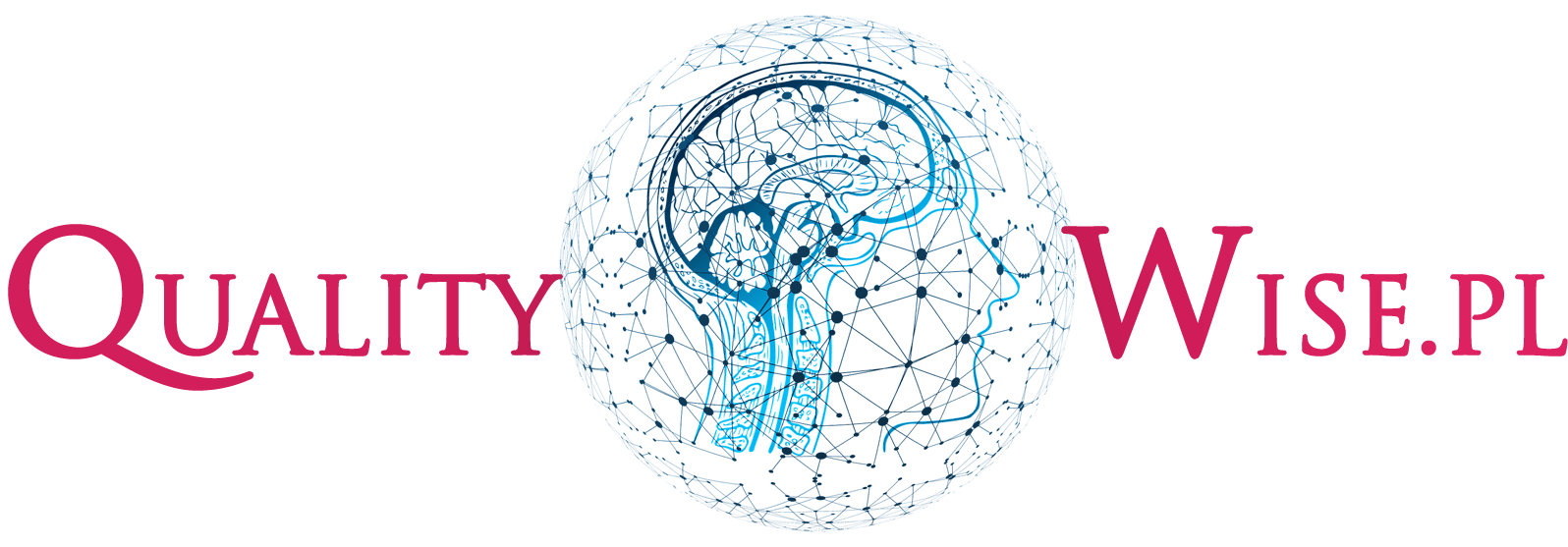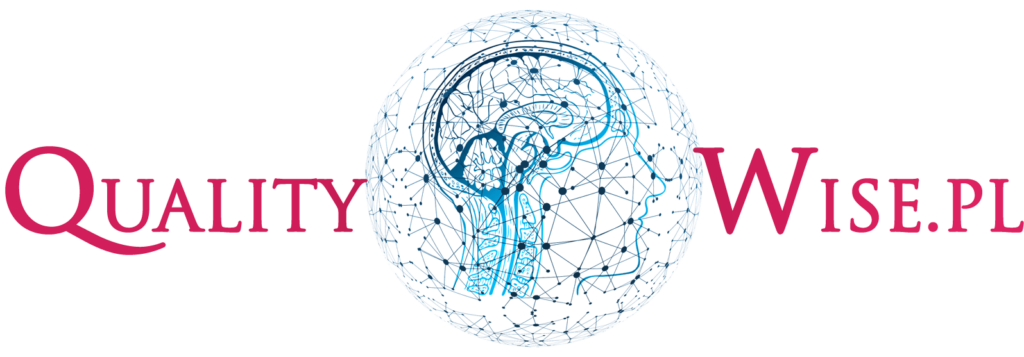
When I was a student of Management and Production Engineering, I went on an exchange program at the Fachhochschule Darmstadt near Frankfurt am Main. While being in Germany, I had the unique opportunity to work in the quality department at the Adam Opel GmbH factory in Rüsselsheim. The enormous pleasure of working with various quality methods made me make a crucial decision. It is still binding for me today: I want to work in the automotive industry and with IATF 16949 standard!
The automotive industry is very demanding: it is necessary to ensure “high” quality of products with on time delivery, focusing on continuous improvement and minimizing errors and losses throughout the entire supply chain. Thanks to such approach it is possible to ensure high competitiveness. Therefore, to be able to meet the requirements, car manufacturers require their suppliers to meet the requirements of the IATF 16949 standard, known before its new release in 2016 as ISO/TS 16949.
IATF 16949 – What is it?
The IATF 16949 standard was developed by the International Automotive Task Force (IATF). This group includes the following car manufacturers:
- BMW Group,
- Daimler AG,
- Volkswagen AG,
- Groupe Renault,
- Stellantis (ex FCA),
- Stellantis (ex PSA),
- Ford Motor Company,
- General Motors,
- Jaguar Land Rover (JLR) Limited,
- Iveco,
- Geely Group.
Moreover, in IATF organization we can find National Automotive Industry Associations – AIAG (U.S.), ANFIA (Italy), FIEV (France), SMMT (U.K.) and VDA (Germany).
The organizations mentioned above (except National Automotive Industry Associations) are the so-called Original Equipment Manufacturer, hereinafter referred to as OEM.
For all manufacturers affiliated to the IATF, certification to this specification is required from all suppliers. In addition, these suppliers have been obliged by the requirement in IATF 16949 to cascade the requirements on their suppliers, which in turn leads to certification throughout the supply chain.
In addition, IATF 16949 combines the requirements of existing French, American, Italian and German management system standards within the global automotive industry to improve quality along the supply chain.
At the same time, it applies not only to first-tier suppliers (so-called tier 1), but also applies to all organizations supplying materials, components, subassemblies and services to the assembly lines of road vehicle manufacturers.
How has the standard evolved?
The history of the IATF 16949 standard dates to 1994, when GM, Ford and Chrysler issued the QS-9000 standard in addition to ISO 9001:1994. Their goal was to establish a single common standard for automotive quality management systems for suppliers.
The first edition of the IATF 16949 standard took place in 1999 by the International Automotive Task Force (IATF). It was called ISO/TS 16949 and replaced QS-9000 by consolidating the requirements for all international manufacturers.
From that moment on, the requirements of ISO 9001 and the requirements established by the IATF will be inseparable.
In the meantime, in 2002 and 2009, newer versions of the standard adapted to the update of ISO 9001 standard were created.
In 2016, the first edition of the current IATF 16949 standard took place, which cancels and replaces ISO / TS 16949: 2009 (third edition).
The fundamental formal change is the separation of the ISO 9001 standard and the IATF 16949 standard.
However, the IATF maintains close cooperation with ISO, maintaining the status of a liaison committee, ensuring continued compliance with ISO 9001.

How to use IATF 16949?
In the current edition of IATF 16949 we will not find the requirements of ISO 9001:2015. However, it often refers to the requirements of the standard. This means that the implementation of the requirements of the ISO 9001:2015 becomes obligatory.
In addition to the requirements of the IATF 16949 standard, attention should also be paid to:
- applicable specific customer requirements (CSR) published by OEMs on the IATF website,
- “approved interpretations” (SI), which change the interpretation of a rule or requirement, and then become the basis for determining non-compliance,
- “Frequently Asked Questions” (FAQs) explain existing policies or requirements.
What makes this standard so unique?
As a practitioner working with this standard daily and having a history of building quality management systems completed with certification, I will indicate what I appreciate this standard for the most:
- Strongly based on the process approach,
- Multifaceted risk management,
- Considering the needs and expectations of interested parties,
- Strong focus on customer satisfaction,
- Product safety,
- Requirement of preventive actions,
- Necessity to use Lean management,
- Synergy in the use of the so-called Core tools, i.e. SPC, MSA, FMEA, APQP, PPAP,
- Demanding design and development of the process and product,
- Quality assurance for products with embedded software,
- The need to use error-proofing methods,
- The need to meet all applicable legal and regulatory requirements related to safety and environmental protection.
Who can be certified according to IATF 16949?
IATF 16949 can only be implemented in automotive industry organizations along the entire supply chain.
This is a necessary condition!
The automotive industry includes cars, vans and trucks, buses and motorcycles. On the other hand, it does not cover industrial, agricultural and vehicles not intended to be driven on public roads (mining, forestry, construction vehicles, etc.). Spare parts are excluded. [1]
However, there are some limitations:
- resulting from the definition of the automotive industry, which clearly defines who can be certified,
- for the organization to start certification, it should cooperate with at least one automotive client, the so-called OEM,
- only companies that can demonstrate the maturity of their system. This means quality records from the last 12 months can apply for the certificate.
What can your organization gain from this standard?
Certification for compliance with IATF 16949 is:
- recognized by all car manufacturers in the world, and even decides about the possibility of cooperation with OEM,
- an opportunity to obtain new contracts on a global scale,
- confirmation of the implementation of many requirements. This leads to an increase in quality, regarding the reduction of defects and prevention of defects,
- improving the image and credibility of the supplier, making it possible to avoid many audits required by contractors,
- based on a process approach and recognition of the existing risk. It allows the organization to be managed effectively and efficiently and to minimize the risk,
- confirmation of knowledge and use of many other tools necessary in the automotive industry. Examples: FMEA, PPAP, MSA, SPC and Lean Manufacturing.

Summary
The IATF 16949:2016 standard is a comprehensive set of requirements that is strongly oriented towards achieving customer satisfaction. On the other hand, the IATF has introduced a common set of techniques and methods to standardize automotive production worldwide. Of course, IATF together with supporting technical publications from Original Equipment Manufacturers (OEMs) and their respective National Automotive Associations,
There are limitations to the possibility of certification for compliance with the IATF 16949 standard. But the benefits of implementing the requirements are meaningful. I.e. organizations from outside the automotive industry began to use it partially or entirely, e.g., the electronic household appliances industry etc. Such organizations can not apply for IATF 16949 certificate. However, any supply in any industry can buy the IATF standard and apply the best practices in their QMS.
Hope you found the article interesting.
Thank you for your presence.
Agata Lewkowska Ph.D.
PS. If I can help you with quality management issues, please contact me. You may also join me in my private group on Facebook: ISO 9001 & IATF 16949 QualityWise Group.
For people who want to know more:
The article was based on the following literature:
[1] Rules for Achieving IATF Recognition, 5th Edition, November 1, 2016
All content on the qualitywise.pl website is a private interpretation of publicly available information. Any convergence of the described situations with people, organizations, companies is accidental. The content presented on the website qualitywise.pl does not represent the views of any companies or institutions.


Congratulation for initiative
Thank you Piotr! Please be invited to follow my profiles in social media for updates and join my group on Facebook. Have a great day!
Great article, it comes out all the love and the faith you have in this scheme. I agree 100% with your indications and the improvement IATF can give to all companies, not only the automotive ones. Thank you for the interesting topics you analyse all the time.